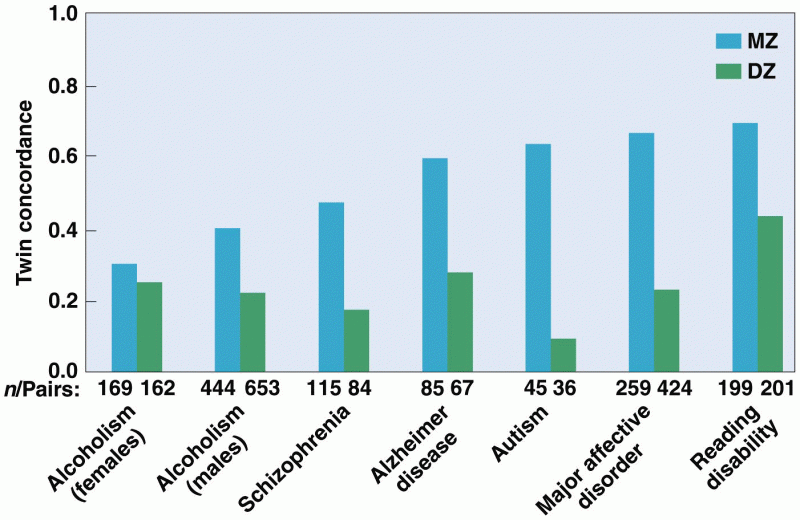|
|
|
There are more nerve cells in one human brain than there are stars in the Milky Way.
Only one in 10 cancer deaths is caused by the primary tumor. The vast majority of cancer mortality is caused by cells breaking away from the main tumor and metastasizing to other parts of the body, such as the brain, bones, or liver.
A strange skin disease referred to as Morgellons has occurred in the southern United States and in California. Symptoms include slowly healing sores, joint pain, persistent fatigue, and a sensation of things crawling through the skin. Another symptom is strange-looking, threadlike extrusions coming out of the skin.
The ratio of hydrogen atoms to oxygen in water (H2O) is 2:1.
Medication errors are more common among seriously ill patients than with those with minor conditions.







